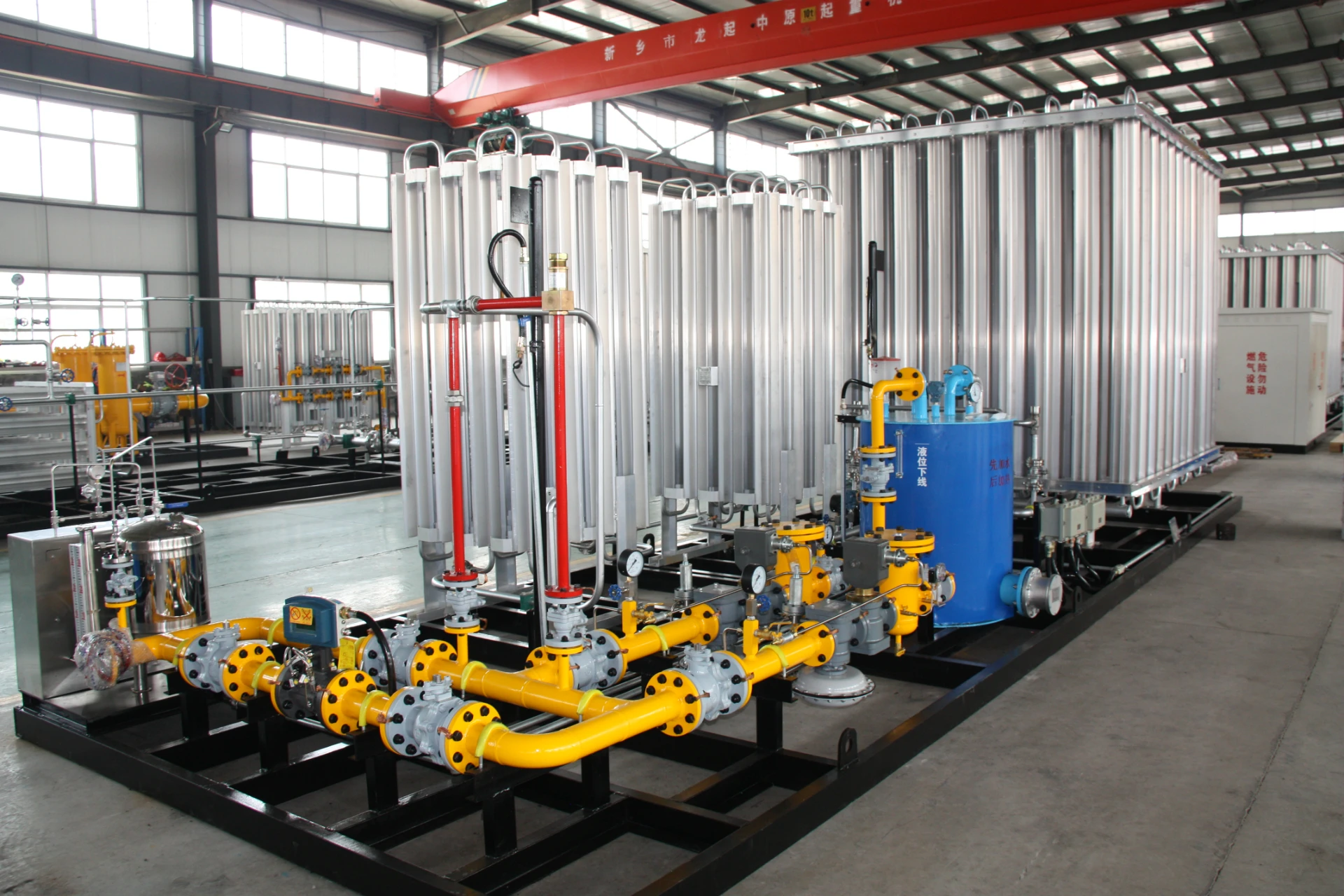
Oct . 11, 2024 19:07
Back to list
lng
Unlocking the Potential of LNG A Clean Energy Future
In recent years, the global energy landscape has undergone significant transformations, highlighting the urgent need for cleaner and more sustainable energy sources. Liquefied natural gas (LNG) has emerged as a prominent player in this shift towards a more environmentally friendly energy mix. As nations strive to reduce carbon emissions while meeting growing energy demands, LNG offers a compelling solution worth exploring.
LNG is natural gas that has been cooled to a liquid state, reducing its volume significantly. This process makes it easier to transport and store, enabling countries with limited pipeline infrastructure to access natural gas resources. The increasing adoption of LNG across the globe is driven by its versatility, efficiency, and environmental benefits compared to other fossil fuels.
.
Additionally, LNG offers a more reliable energy source, enhancing energy security for countries dependent on imports. The global LNG market has expanded rapidly, with major producers such as Qatar, Australia, and the United States playing pivotal roles. This diversification of supply sources helps mitigate the risks associated with geopolitical tensions and fluctuating energy prices. Countries can now lean on LNG imports to stabilize their energy supply, especially during peak demand periods when renewables might underperform.
lng

Moreover, LNG can facilitate the integration of renewable energy sources into the grid. Natural gas power plants can be easily ramped up or down to match the intermittency of renewables like solar and wind. Consequently, LNG can support the gradual phasing out of more polluting energy sources while ensuring that the grid remains stable and reliable. This harmonization of LNG with renewables enables a smoother transition and supports global efforts towards a sustainable future.
However, as the LNG market continues to expand, it is essential to address concerns regarding methane emissions. Methane, the primary component of natural gas, is a potent greenhouse gas, with a global warming potential many times greater than carbon dioxide over a short time frame. The industry must prioritize technology and practices that minimize methane leakage during extraction, transportation, and storage. Continuous monitoring and innovative technologies can help mitigate these concerns, ensuring that LNG remains a viable option for a cleaner energy future.
Investments in LNG infrastructure are also crucial for maximizing its potential. Governments and private sectors worldwide must collaborate to enhance LNG terminal capabilities, transportation networks, and storage facilities. As more countries aim for energy independence and reliability, the development of robust LNG infrastructure will play a vital role in meeting this demand.
In conclusion, liquefied natural gas stands at the forefront of the global energy transition, offering a practical solution to the challenges posed by climate change and energy demand. Its lower emissions, reliability, and adaptability make it an essential component of the modern energy landscape. However, proactive steps must be taken to address environmental concerns and enhance infrastructure. By embracing LNG responsibly, we can harness its potential to create a cleaner, more sustainable energy future for generations to come. The path to a greener planet is paved with innovation and collaboration, and LNG is poised to be a key player in this transformative journey.
Latest news
-
Safety Valve Spring-Loaded Design Overpressure ProtectionNewsJul.25,2025
-
Precision Voltage Regulator AC5 Accuracy Grade PerformanceNewsJul.25,2025
-
Natural Gas Pressure Regulating Skid Industrial Pipeline ApplicationsNewsJul.25,2025
-
Natural Gas Filter Stainless Steel Mesh Element DesignNewsJul.25,2025
-
Gas Pressure Regulator Valve Direct-Acting Spring-Loaded DesignNewsJul.25,2025
-
Decompression Equipment Multi-Stage Heat Exchange System DesignNewsJul.25,2025

